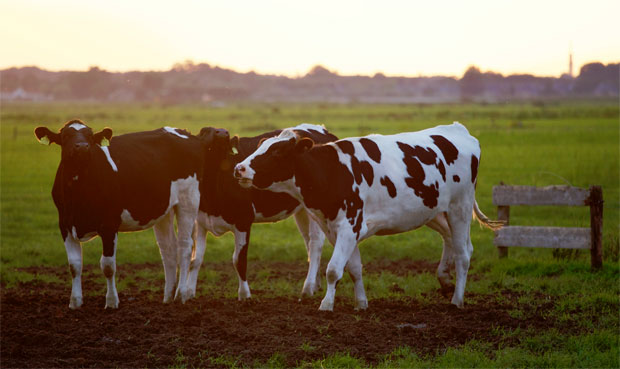A Smallholding Requires A Big Heart (And This Advice)

A Smallholding Requires A Big Heart (And This Advice)
A smallholding is a miniaturised version of a farm that’s often not run for profit, but for the joy of rearing small animals and getting in touch with nature. While it is possible to run one with a monetary angle, you shouldn’t really expect to make a lucrative living off them. The numbers and livestock required to make a professional or profitable operation would increase your definition from ‘smallholding’ to ‘small farm,’ and by then the motivations behind running one would have change.
While you may expect to break even if you are wise about the care and collection of a farm animals resources (sheep’s wool, for example) however, for the most part smallholdings are ran up and down the country by people looking to enjoy the art of running a small farmstead. They are also run by people hoping to be more self-sufficient.
Some people just want to get more active in nature. It requires a big heart, but if this is what you’re interested in, it can be completely satisfying. If you’re looking to get started, here are some tips to running a great smallholding to call your own:
- Register
Register yourself as a smallholding, and any small animals you keep. This is a legal requirement, and you may need to be liable for further legal requirements depending on what operation you run. For example, livestock is strictly observed and managed, to insure that diseases are prevented and stopped from spreading. You can expect to be subject to inspections to make sure you are all above board. This involves moving, maintaining and keeping your animals up to date with their injections and health checks.
- Budget
Before you can move any further, you need to set your budget in a way that takes into account your feeding expenditures, shelter purchase, maintenance duties and emergency costs that could arise. Nobody said it was cheap, but it’s certainly worth it. Developing positive relationships with country suppliers around you can help tremendously in getting connected to farm vets and at home in the local smallholding community.
- Space
You need at least an acre or two to run a smallholding effectively, and the space requirement goes up the more animals you have. Make sure that larger animals are given more space. For example, you should keep no more than two horses per hectare of land. Anything less is cruel and constitutes less space than the animals need to comfortably live.
- Shelter
You must invest in sturdy shelters which secure and support the animals at all stages of their lifespan. Bad weather and protection from predatory animals demands that you keep a solid shelter well protected during the long nights. Shelters that prevent unruly people from breaking in can be worthwhile too.
Sometimes, you may find a great deal, for example checking online regarding horse stables for sale can help you connect with people able to educate you on the fair treatment and care of an animal shelter, as well as fit them depending on the land dimensions and requirements of the smallholder involved. It’s important to go down this specialist route instead of simply crafting the shelter yourself, as you can be sure safety standards and hygiene are kept as absolute priorities.
With these smallholding tips, you can be sure to run an operation you’re proud of.
Contributed Article.





